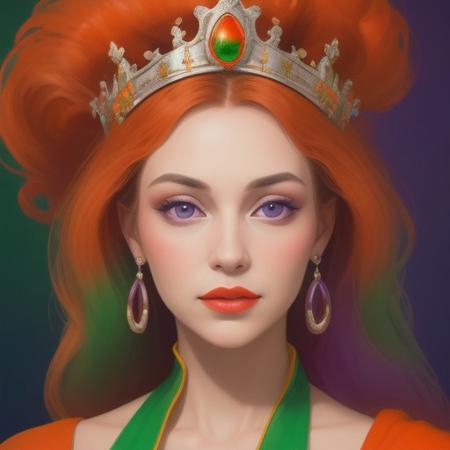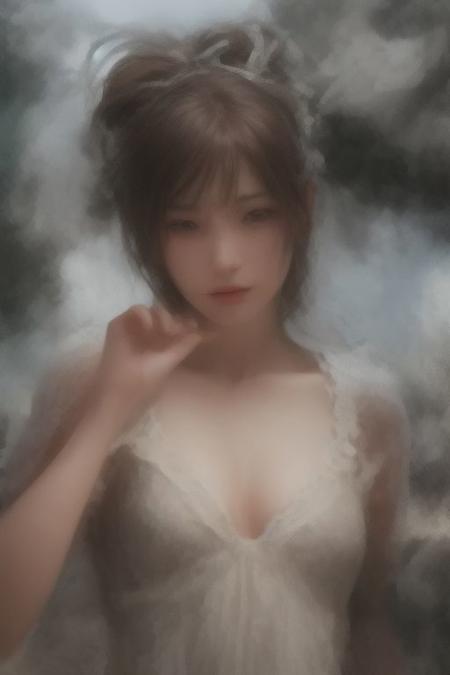A liminal space in Kumogakure, the Hidden Cloud Village, exactly as seen in Naruto. Towering mountains surround the village, their peaks disappearing into a thick layer of clouds. The traditional yet imposing buildings, constructed from stone and reinforced wood, cling to the cliffsides, connected by narrow bridges and winding paths. The Raikage’s tower, a massive structure of dark stone, stands at the village’s center, overlooking the empty streets below. The village is completely deserted—no shinobi, no movement, only the distant sound of the wind howling through the mountain passes. The sky is a deep gray, filled with heavy clouds that seem to press down on the landscape. Occasionally, a faint crackle of lightning illuminates the misty peaks, casting brief shadows over the quiet village. The usual energy of Kumo is gone, replaced by a profound sense of stillness. The village feels suspended in time, as if the world has momentarily paused, leaving only the towering cliffs and endless sky
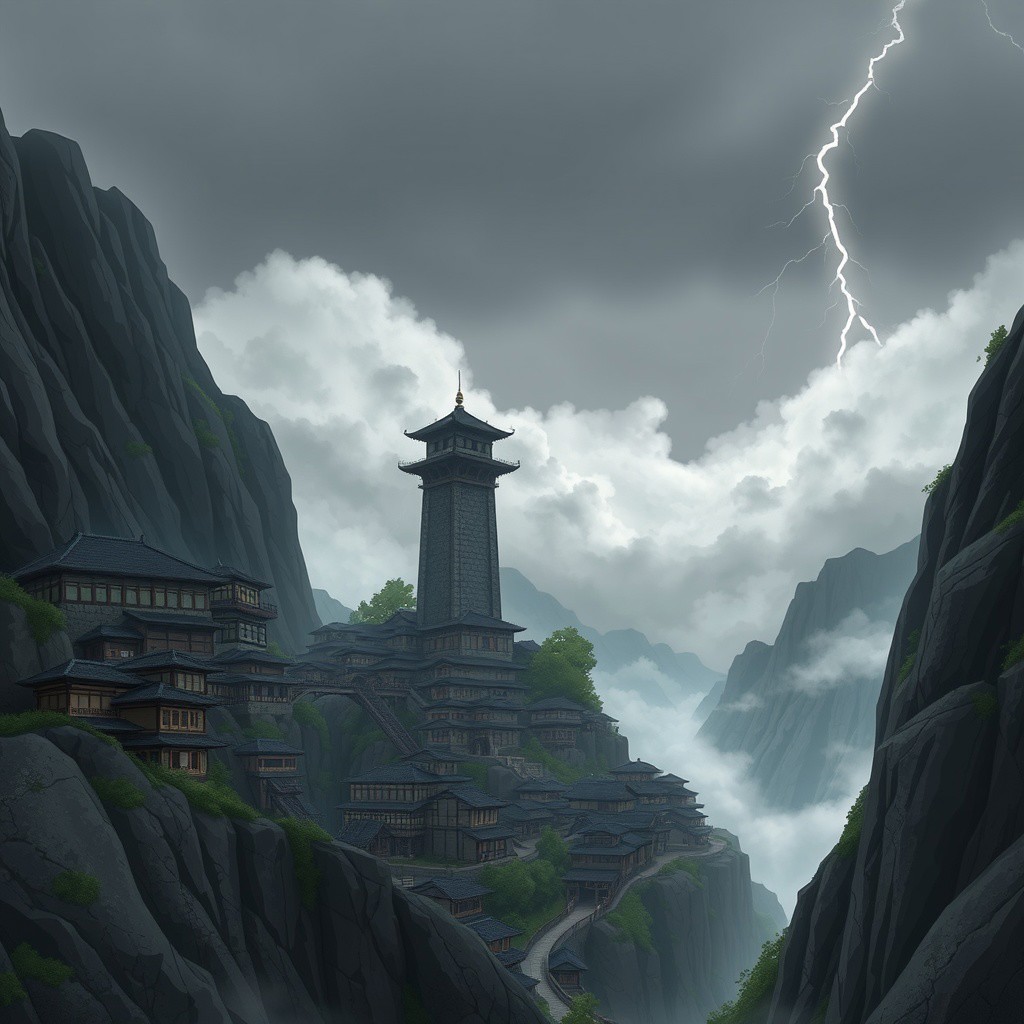



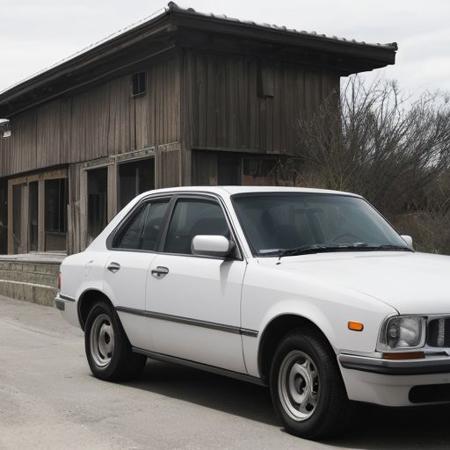



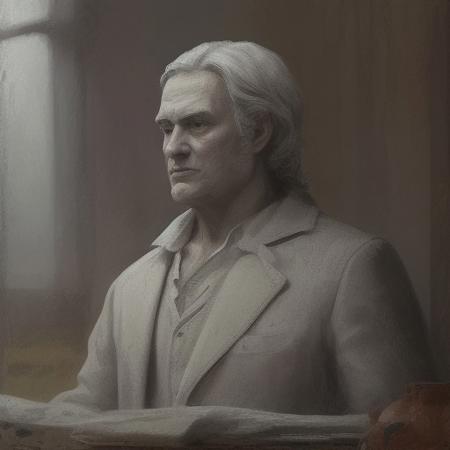


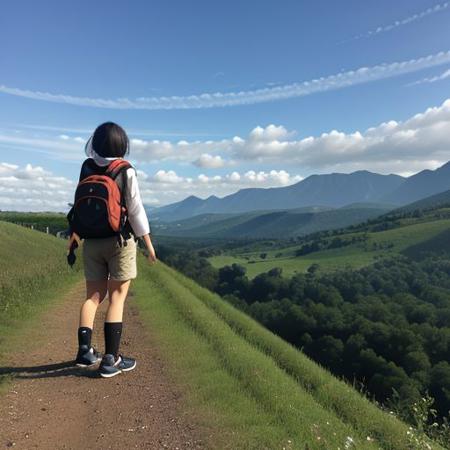
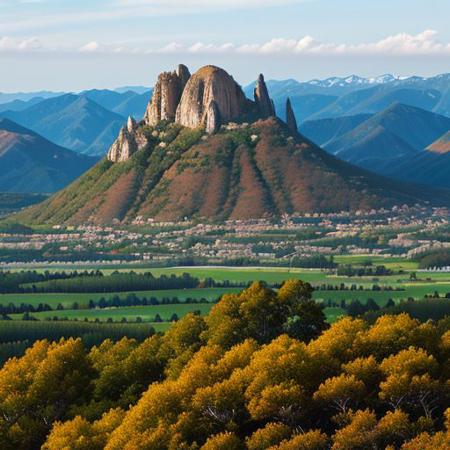

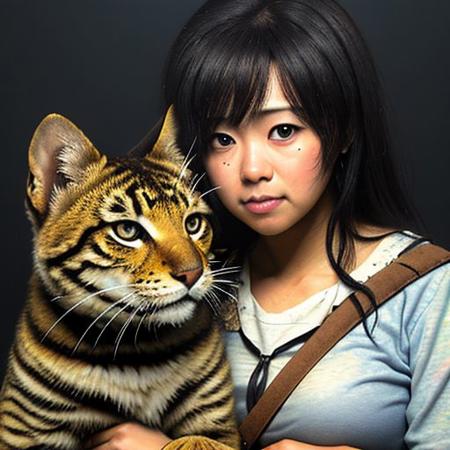

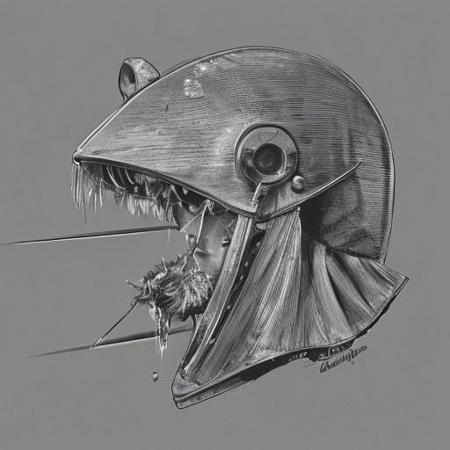
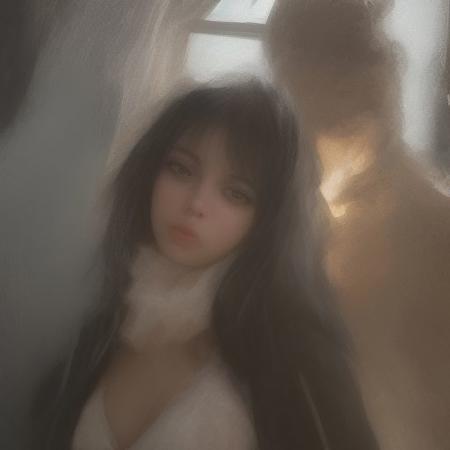
![undercut, A beautiful woman with dark hair and glowing pupils holding the Ring in her hand, detailed face, golden eyes, huge breasts, facing_away, covered in dirt, wearing rags, escaped from a dungeon and now wonders in a grey wasteland with other people also in rags, Lord of the Rings, Tolkien, Hillmen, Dunlending, more detail XL, FilmGirl, [[[chinese girls]]], a huge dragon standing behind the girl, look ((crazy!!)), girl:dragon:0.6, (cowboy_shot, full_body)](https://image.civitai.com/xG1nkqKTMzGDvpLrqFT7WA/d124adb0-d38a-45cf-b39c-51773e03afc7/width=450/d124adb0-d38a-45cf-b39c-51773e03afc7.jpeg)
